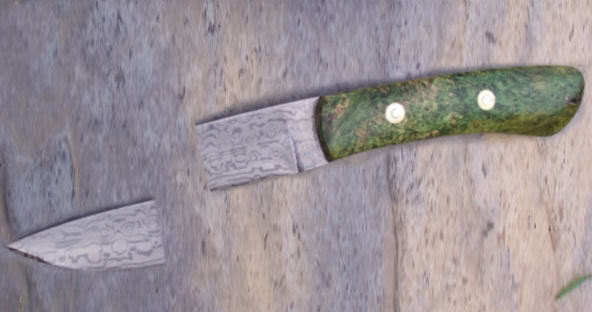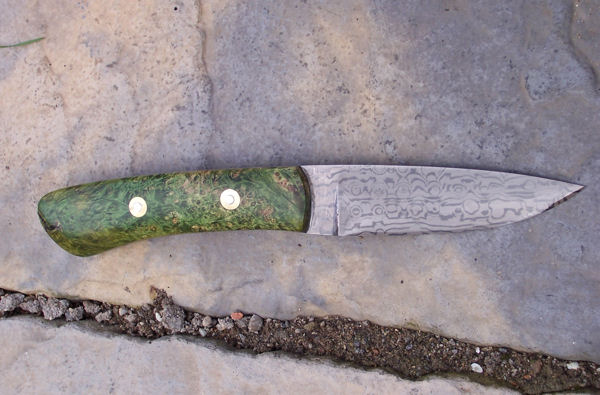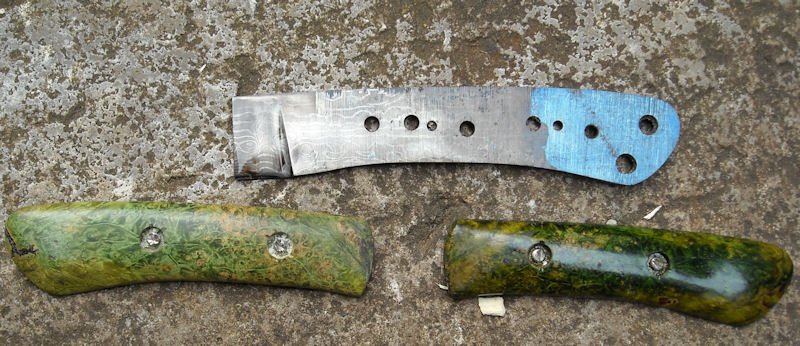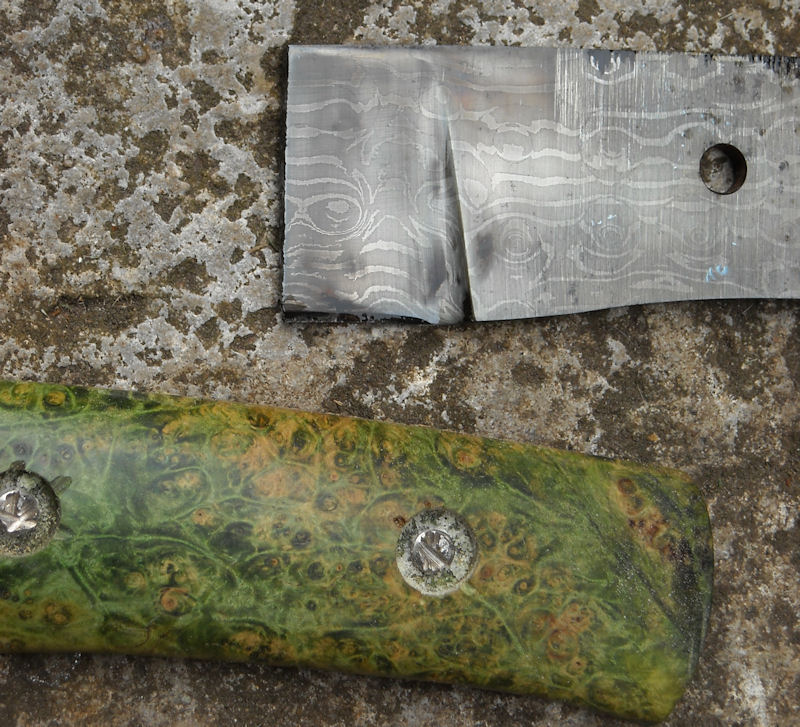I've been perfectly happy with this knife, and I know that I shouldn't have been putting pressure on it in the way that I was. The last thing I want to do is have this tar Ben Orford's reputation in anyway.
Possibly a bit late for that.
I've been perfectly happy with this knife, and I know that I shouldn't have been putting pressure on it in the way that I was. The last thing I want to do is have this tar Ben Orford's reputation in anyway.
I've been perfectly happy with this knife, and I know that I shouldn't have been putting pressure on it in the way that I was. The last thing I want to do is have this tar Ben Orford's reputation in anyway.
He's a good maker with a good rep ~ a big part of that good rep is wanting to know that there's a potential issue.
Don't be embarrassed ~ we all stuff up at some point and it's usually just moments after thinking something along the lines of 'Is this safe?'. If your issue highlights a potential heat treat issue, then you're doing him a favour by getting in contact with him.

A knife that could withstand being hammered into a tree and then have someone stand on the handle could have its blade broken by the twisting force of batoning a gnarly piece of wood.
A carbon Clipper is a very tough knife and will take this much abuse:
http://www.youtube.com/watch?v=y_HMDcMsamg&feature=player_embedded#at=526
..yet I managed to break the blade while batoning a gnarly section of Gorse:

That's a real bummer. Next time you might consider buying a BattleBar from Hoodoo Knifeworks.

Barry, genuine question. With regards to toughness, why are live swords still typically made from carbon steel (or variants of), and never to my knowledge from CPM-3V?

I was googling for similar instances of this failure mode and came across this image of a broken bushcraft knife. Unfortunately there isn't a photo of the end-grain, so we can't compare the crystalline structure, but it's a remarkably similar break. Can anyone shed any light on the forces involved in this failure?




...Can anyone shed any light on the forces involved in this failure?
It was accidentally dropped on some rocks and driven over by a small tractor with a lawnmower attachment on the front, pulling a trailer loaded with firewood. A lot of firewood. As in, 8 feet long and 4 wide of heaped high trailer's worth of firewood.

